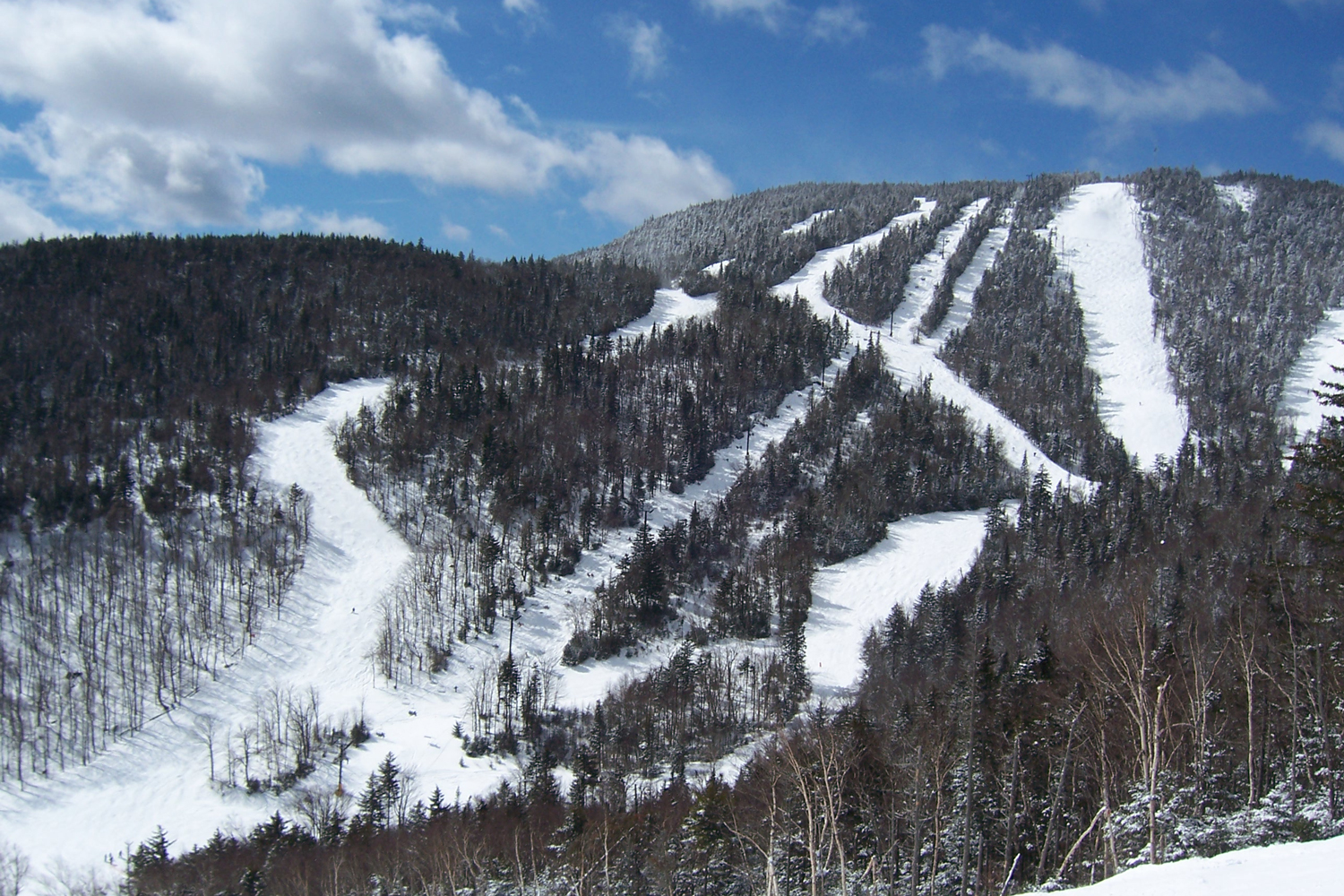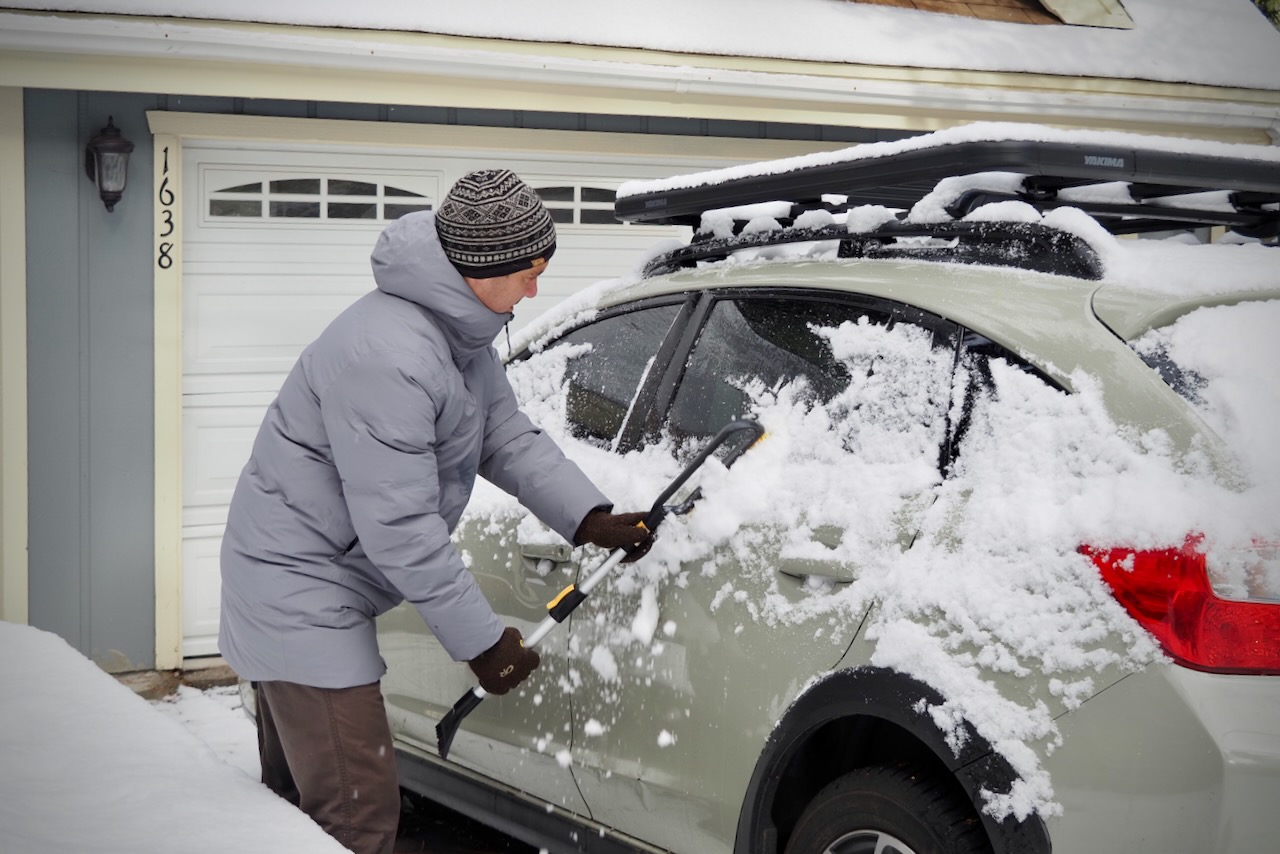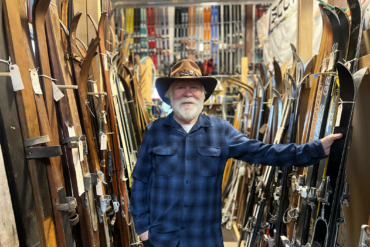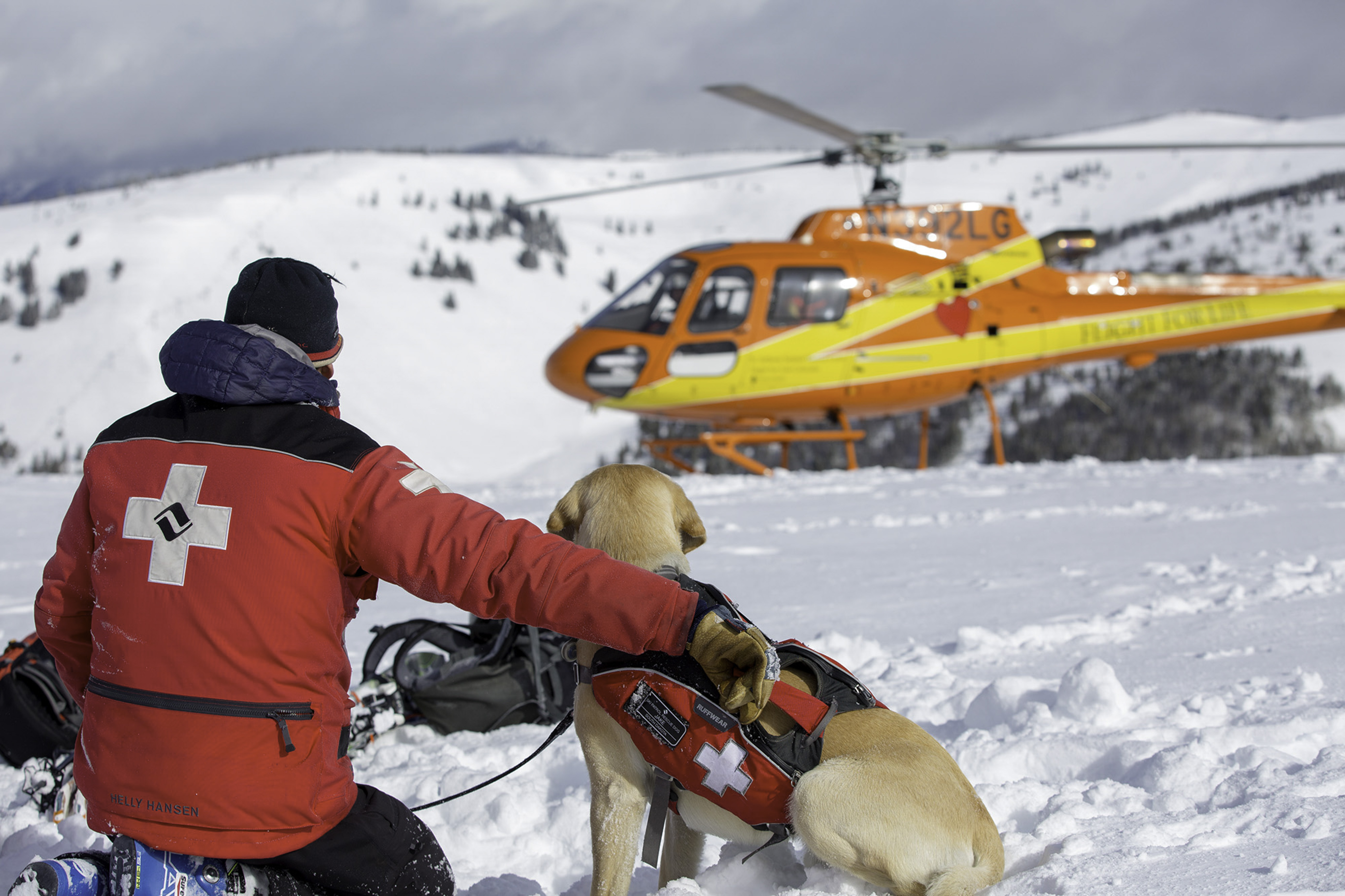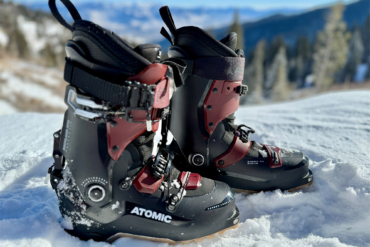A couple recent ski lift-related accidents brought up the question: How risky are chairlifts?

We’ve seen a few incidents involving misanthropic ski lifts in the news over the last year. There have been rollbacks, detachments, deropements, pack straps caught in lifts, chairs careening backwards, and skiers stranded on lifts.
Last month, one chairlift in Georgia went haywire, hospitalizing eight skiers and boarders. And just a few weeks ago, one man claims he was left stranded overnight!
It’s made us ask ourselves, “Are chairlifts dangerous?” Read on for an inside look at the statistics of chairlift malfunctions.
Chairlift Accidents: By the Numbers
Let’s start with the good, from a report published yearly by the National Ski Areas Association. Statistically speaking, chairlifts are reputedly one of the safest modes of transportation. Full stop.
Here are some stats. Just 13 people have died from a ski lift malfunction in the last 44 years (1973–2017). The total number of lift passengers during that time? Over 17 billion. (Reportedly, only one minor has died from falling off a lift.)
Dismissing the deaths of these 13 individuals is the last thing we want to do. But death in a temperature-controlled elevator is five times more likely than when taking a ride on a frozen seat dangling 30–40 of feet off the deck on the side of an icy mountain.
What about injuries? Since 1972, 118 people have been hurt on chairlifts – still relatively low numbers considering the volume of passengers.
What about people who fall off lifts? These numbers aren’t tracked as closely. Colorado, where about a fifth of the nation’s skiing activity takes place, recorded 196 falls from 2001 to 2011. But these were largely due to “skier error” on lifts with restraint bars.
Human Error on Ski Lifts
A while back, the Denver Post sifted through Colorado’s data and deduced that it’s rider error – not mechanical malfunction, weather, or operator error – you should worry about.
Most ski lift accidents happen while boarding or departing from the lift. Riders sometimes shift their weight erratically or move too slowly or rapidly. Here are some ways to keep you off the Jerry of the Day feed.
https://youtu.be/eM2Ii0r6Hc8
How to Get On a Chairlift
- Listen to and respect the lift operators
- Carrying a pack? Take it off and hold it in your lap, or turn it around so it faces forward. This makes it easier to drop or release it if it gets tangled
- Line up at the lift loading marker
- Pull your hands out of the straps and grab the poles with the inside hand, freeing the outside hand to grab the lift
- Look behind you to help guide your body onto the lift
- Bend your knees, as the lift will snap behind them
- Sit down as the seat scoops you up
- If the lift has one, pull the restraint bar down
- Riding the lift solo or with kids? Sit in the middle of the lift to center the gravity and prevent the chair from swaying
- Unsure of your footing? Ask the lift operator to slow down the lift for you
How to Get Off a Chairlift
- Look for loose clothing or straps as you approach the dismount
- Lift the restraint bar when the signs tell you to do so
- Scoot forward toward the edge of the lift bench
- Keep the tips up when dismounting
- Ski off the lift
- Clear the unloading ramp to make room for the next chair of skiers
Chairlift Safety Tips
- Carry a fully charged phone, chemical heat packs, snacks, and water
- Always tell someone where you are and when you expect to be home
- Put the phone down during loading and unloading
- Pay attention and enjoy the ride
Summer more your speed? These same principles still apply while visiting the hills for summer sights or catching a ride up to bombing down the turns by bike.
How Lifts Are Regulated
The U.S.’s lift system is getting old and expensive to upgrade. But there is regulatory oversight. All tramway systems roll up to a consistent standard overseen by the American National Standards Institute (ANSI) for “ropeway standards.” Standards are updated every five years. You can buy a copy for yourself for $200.
Beyond that, it’s up to each state to take a deeper dive into licensing and inspections. Colorado is the most progressive in the country, requiring yearly inspections – including unannounced – of its 275 lifts.
Chairlift Malfunction: Worst-Case Scenario
While it unfortunately has happened, death by ski lift carries an exceptionally low risk. Chairlifts are statistically very safe. And it’s the rider’s responsibility to understand and practice the necessary safety precautions.


